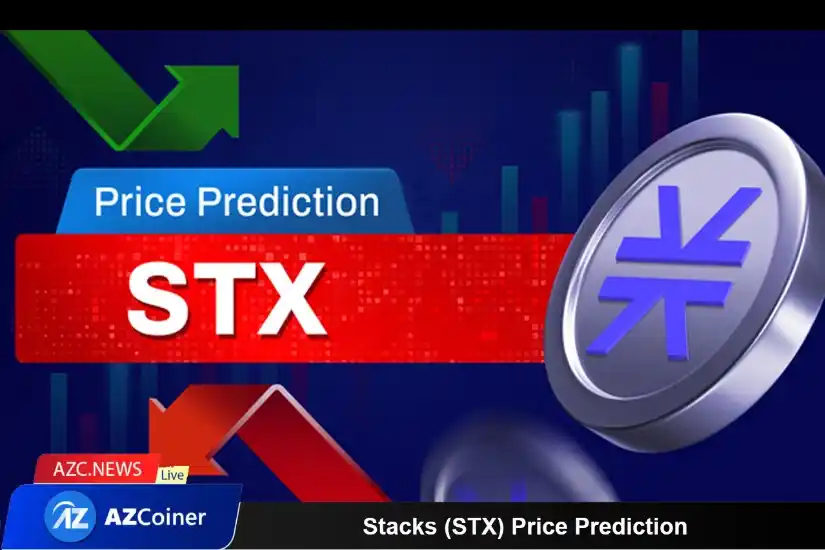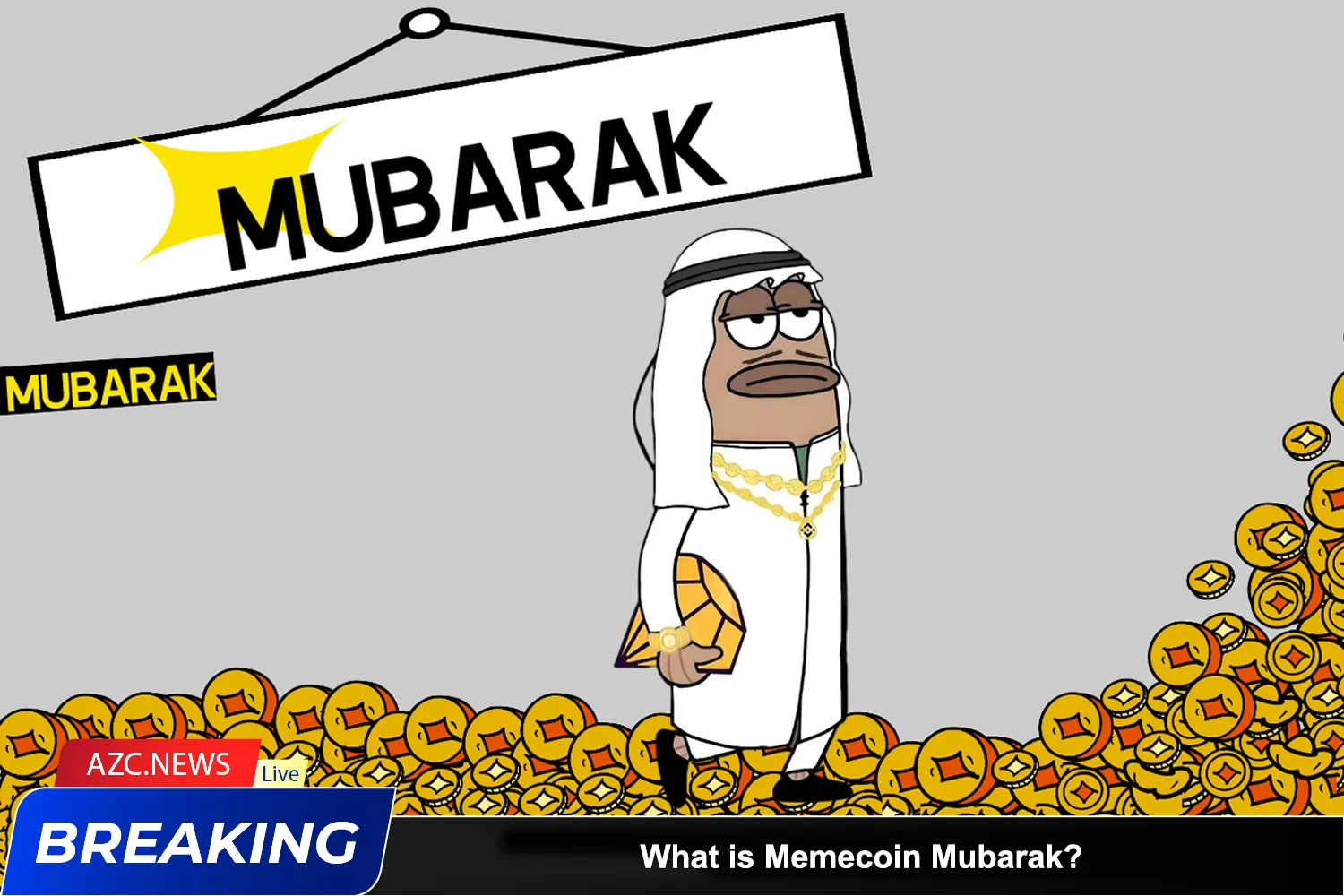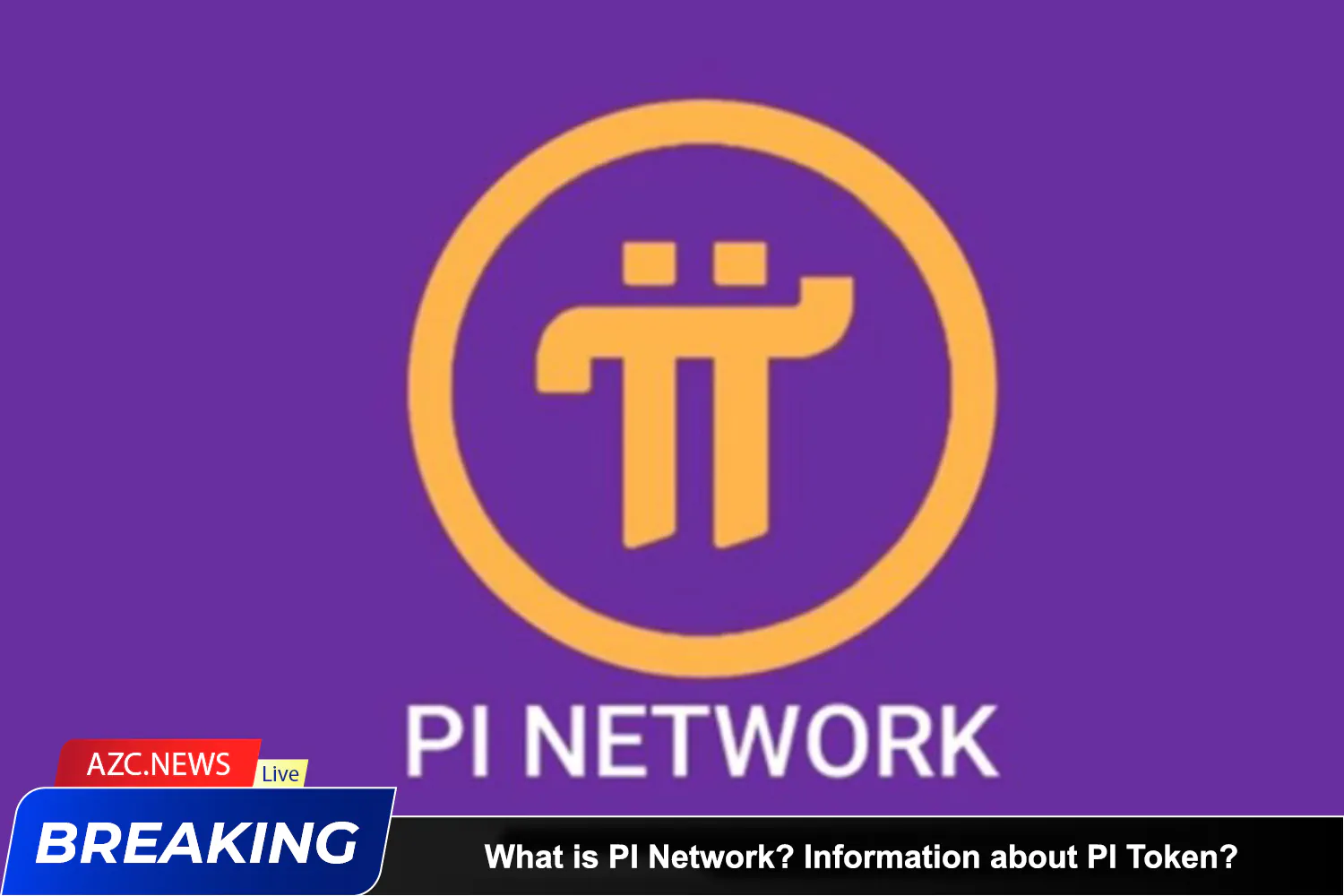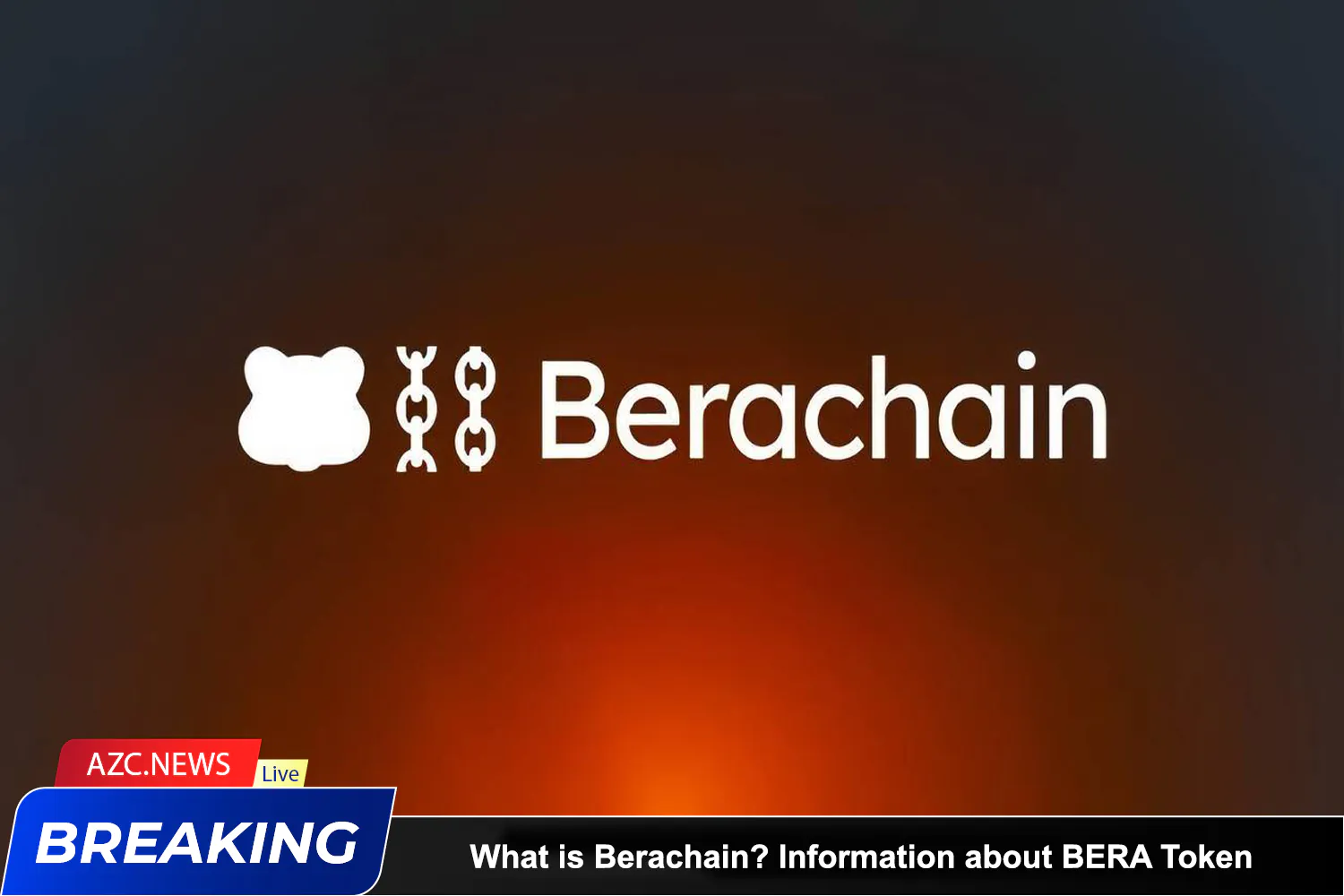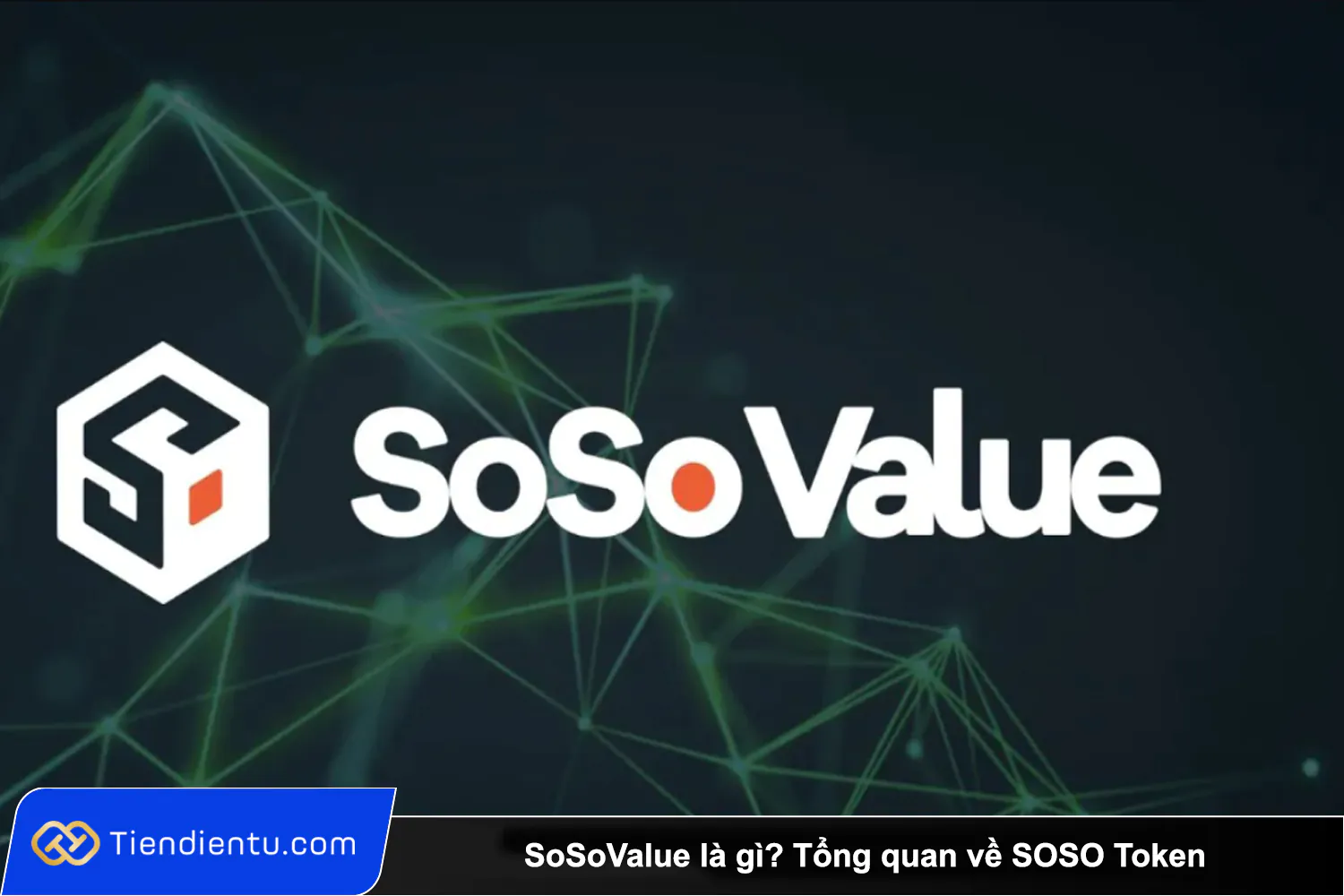Introduction
The cryptocurrency landscape is dynamic and ever-evolving, with a constant influx of new coins and tokens. Amidst this myriad of options, one cryptocurrency deserving close attention is Stacks (STX).
Designed as a more user-friendly alternative to the Ethereum blockchain, the Stacks blockchain is under development as a sidechain to Bitcoin. This innovative approach ensures that the Stacks blockchain maintains the robust security features of Bitcoin while also enabling the execution of smart contracts and decentralized applications (DApps).
Amidst the abundance of STX cryptocurrency price predictions, not all sources are created equal. In this guide, we sift through the noise to deliver a price forecast grounded in historical data, project fundamentals, and technical analysis.
stacks.co/
By the end of this guide, you’ll gain a clearer insight into STX’s potential future trajectory. Armed with this knowledge, you’ll be better equipped to make well-informed decisions regarding investments in this cryptocurrency.
What is Stacks (STX)?
Stacks (STX) serves as a smart contract platform facilitating the development of DeFi (Decentralized Finance), NFTs (Non-Fungible Tokens), applications, and smart contracts specifically for Bitcoin. Leveraging the Bitcoin blockchain and the Stacks 2.0 protocol, Stacks offers a decentralized approach to building on Bitcoin, ensuring security, scalability, and user-friendly features.
Stacks (STX) Fundamental Analysis
Stacks (STX) operates as a blockchain interconnected with Bitcoin through its consensus mechanism known as Proof-of-Transfer. This mechanism spans both chains, allowing Stacks to harness Bitcoin’s security while utilizing its state for Stacks apps, even though it operates as a distinct blockchain.
STX, the native token of the Stacks blockchain, plays a pivotal role in powering transactions on the Stacks network and is essential for validators participating in consensus.
Key Benefits:
1. Security: Stacks leverages the robust security of the Bitcoin blockchain, making DApps highly resistant to hacking or takedowns.
2. Scalability: Designed for scalability, Stacks can handle a large volume of transactions without requiring frequent upgrades.
3. Ease of Use: User-friendly, catering to developers unfamiliar with blockchain technology. This simplicity makes it an ideal platform for DApp development without the need for extensive coding knowledge.
Enhances the security of the Bitcoin blockchain through various features, including:
-
Proof-of-Transfer (PoX): A novel consensus algorithm.
-
Software Development Kit (SDK): Facilitates easy DApp development.
-
Virtual Machine (VM): Executes smart contracts.
These features collectively make Stacks a potent and flexible platform for DApp development. Additionally, Stacks utilizes the Clarity programming language, purpose-built for smart contracts. Clarity, known for its simplicity and power, aids developers in creating secure, scalable, and easily buildable DApps.
Key risks:
1. Volatility: The value of STX, Stacks’ native token, is subject to significant fluctuations, impacting the value of DApps built on the platform.
2. Lack of Adoption: As a relatively new platform, Stacks may face challenges in garnering widespread adoption among developers and users.
3. Security Concerns: While the Bitcoin blockchain is secure, there remains a potential risk of DApps on Stacks being susceptible to hacking or disruptions.
Founders:
-
Blockstack PBC: Headquartered in New York, Blockstack PBC developed project. Ryan Shea and Muneeb Ali co-founded Blockstack PBC, with Ryan Shea serving as co-CEO until 2018.
-
Ryan Shea: Co-founder of Blockstack PBC, served as co-CEO until 2018 and subsequently pursued other ventures, including co-founding a new digital firm currently operating in stealth mode.
Current Price
Stacks is currently worth $0.70 USD. STX has moved -3.19% in the last 24 hours with a trading volume of $65,961,609. Stacks is currently ranked 54 amongst all cryptocurrencies with a market capitalization of $994,275,687 USD.
Utilizing the relative strength index (RSI), moving weighted average (MWA), williams fractal (fractal) and moving average convergence divergence (MACD) from the chart above, we can determine price patterns for Stacks (STX) to decide wether it is going to have a bullish or bearish year.
Price Prediction
Price prediction is based on the current STX token price and the anticipated growth. The protocol, still in early development, is not yet listed on major exchanges. Experts foresee the STX price rising as awareness of the platform and its potential increases. Stacks’ primary use case, managing and developing DApps, aligns with the growing popularity of this sector. The blockchain-backed security and anonymity provided by Stacks make it a unique platform. As Stacks adoption grows, so does the potential for an increase in STX price.
The future trajectory depends significantly on its adoption by developers and users. Successful attraction of a substantial user base and developer community could position Stacks as a major player in the blockchain space. Conversely, a lack of adoption might pose challenges to its survival.
Our real-time STX price prediction forecasts consider market data, allowing dynamic predictions based on current market activity.
Price Prediction:
2023:
-
Anticipates reaching $1.05 in the second half.
-
Gradual rise with no significant drops expected.
-
Averaging $0.982902, feasible with collaborations and advancements.
-
Minimum value predicted at $0.842488.
2024:
-
Potential to surpass $1.76 due to new partnerships and initiatives.
-
Awaiting relative strength index status before bullish bets.
-
Expected to trade between $1.40 (minimum) and $1.54 (average).
2025:
-
Potential to reach $2.46 if upward trend persists.
-
Expected to trade at an average price of $2.25 with a low of $2.11.
2026:
-
Predicted stability if market sentiment remains positive.
-
Expected to reach $3.16, surpassing its all-time high.
-
Minimum price of $2.81 and an average of $2.95.
2027:
-
Forecasted to cross an average price level of $3.65.
-
Minimum price expected at $3.51 and a maximum value of $3.86.
Related: What is STX Stacks? Learn Detailed Information about STX Coin
2028:
-
Bullish trend continuation, average price around $4.35.
-
Maximum price of $4.56 if resistant levels break, minimum at $4.21.
2029:
-
Striving towards interoperability.
-
Minimum trade price at $4.91 and a yearly close above $5.27.
2030:
-
Surpassing previous ATH values.
-
Minimum price of $5.62, maximum reaching $5.97, averaging at $5.76.
Reference: https://bitcoinwisdom.com/stacks-stx-price-prediction/
Conclusion
Stacks is an innovative blockchain platform designed for the facilitation of Decentralized Applications (DApps) and smart contracts. Uniquely, it operates on the Bitcoin blockchain and utilizes the Clarity programming language. Stacks offers several advantages over alternative blockchain platforms, boasting heightened security, scalability, and interoperability. Its distinctive feature is the use of the Bitcoin blockchain as its underlying foundation.
 OMN
OMN  BTC
BTC  ETH
ETH  USDT
USDT  XRP
XRP  BNB
BNB  SOL
SOL  USDC
USDC  TRX
TRX  DOGE
DOGE 
